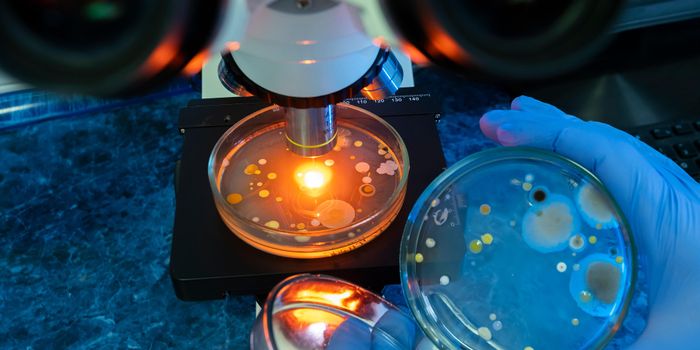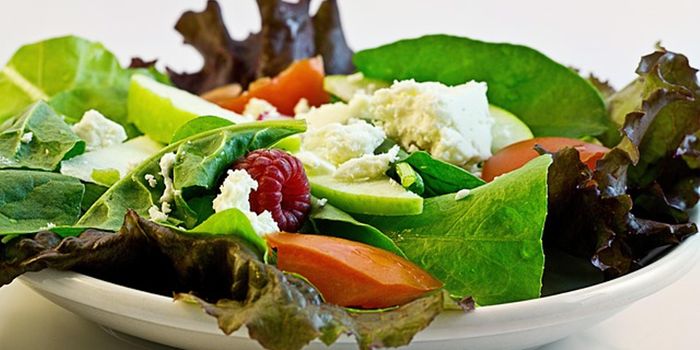Scientists Calculate How Many Microplastics We're Consuming
You’ve probably heard of microplastics by now. If you haven’t, you’ve still likely and unknowingly ingested or inhaled some. Microplastics are everywhere; traveling by runoff to the deepest parts of the ocean and by wind to remote mountain regions worldwide. Thanks to a new study published in the Environmental Science & Technology journal from the American Chemistry Society, we can now estimate how many of these microscopic particles are entering our bodies through the food we eat.
Microplastics are defined as tiny (sometimes microscopic) plastic particles smaller than 5 millimeters (0.2 in.) in size. They come from the decomposition of larger plastic items; microbeads used in cosmetics and cleaning materials; plastic pellets used for manufacturing larger plastic items; and even synthetic textile fibers that shed when clothes are washed.
To estimate microplastic consumption, the research team reviewed 26 previously published studies that analyzed microplastic quantities in fish, shellfish, added sugars, salts, alcohol, tap or bottled water, and air. Other food categories were not included because they have not been analyzed yet. Researchers calculated the approximate intake of these food and drink items for men, women, and children using recommendations from the 2015-2020 Dietary Guidelines for Americans.
Based on their calculations and depending on sex and age, the estimated microplastic consumption ranged from 39,000 to 52,000 particles per year. When inhalation is added to this estimate, it increases to 74,000 to 121,000 microplastic particles per year.
Estimates also varied between bottled and tap water drinkers. Those who exclusively drink bottled water ingest an additional 90,000 microplastic particles per year, compared to 4,000 particles from tap water.
The research team acknowledged that their analysis is limited because it only represents approximately 15% of Americans’ daily caloric intake. However, this means their estimate is under how many microplastic particles are truly consumed. Lead author Kiernan Cox, from the University of Victoria in Canada, told The Guardian, “We don’t know a huge amount. There are some major data gaps that need to be filled.” The team also emphasizes that the health impacts of human microplastic consumption have not yet been explored and highly recommends additional research.
Sources: ACS, University of Victoria, The Guardian









